A mouthful of good health
As hardcore carnivores, plant-based Ayurvedic cuisine based on India’s 5,000- year-old health regimen, was the stuff of our culinary nightmares.
And then we met Gita Ramesh, well-known author of three books including two cookbooks chock-full of recipes based on Ayurvedic principles of health. The one published recently — The Ayurvedic Wellness Cookbook, Recipes for Balance and Rejuvenation won the prestigious Gourmand Award 2023 — Diet and Vegetarian — at the UMEA Food event in Sweden.
In Ayurveda, the ancient twin of yoga, “One does not count calories but commits to a philosophy and way of life,” states Ms Ramesh in her book. Ms Ramesh is the joint managing director of the Kairali Ayurvedic Group, and co-founder of Kairali Healing Village in Palakkad, Kerala. She is also a bio-chemist and Ayurvedic practitioner, and her husband K. V. Ramesh comes from a line of Ayurvedic vaids (doctors).
After leafing through her magnum opus, and meeting her at Kairali Healing Village, our world view changed. Ms Ramesh explained that what and how you eat has the power to heal. We had been raised on meat- heavy fare — hefty pieces of chicken swimming in rich gravies; fried eggs plonked on vegetables to make greens more appetising, and lacy, batter-frilled cutlets glazed with a light film of oil.
Soon, we realised that the principle touted in the cook book was: “You become what you eat!” We were overweight and under-exercised. And so, we decided to try and reprogramme our taste buds by trying out some of her simple delicious recipes. Our journey on the road to culinary discovery had begun. Happily, enough, we felt satiated and energised rather than like prisoners on a starvation diet, out on parole!
Ms Ramesh’s book celebrates the vibrancy and diversity of plant-based Ayurvedic fare which many equate with boring boiled vegetables and drab wilted salads. An added asset is that the recipes are “simple to cook for healthy everyday eating and centred around the preventive aspect of Ayurveda,” she says in the introduction of the lush, beautifully designed book. The hard-cover volume hand-holds newbie converts to Ayurvedic cuisine and takes them through a master class on cooking and eating healthy. “An Ayurvedic diet is less of a diet and more of a philosophy — that eating should be a mindful, meditative experience,” she adds. Sitting in front of a TV, talking on the phone or listening to loud thumping music while you eat your quietly delicious meal is a no-no in Ayurveda. “Connect with the flavourful food you eat by being acutely aware of its colour, taste, nuance and texture,” says Ms Ramesh.
The introduction clearly lays out Ayurvedic concepts so that the reader does not have to Google jargon — doshas, for instance, is a word that is oft bandied about in Ayurveda. “According to Ayurveda, human beings have three fundamental energies known as doshas — vata, pitta and kapha,” Ms Ramesh explains in the introduction. These doshas relate to the specific elements of an individual’s physical make-up and personality. The basic principle of Ayurveda is to keep the doshas in balance and illness is the result of imbalance. Your dominant dosha is a combination of either air and ether (vata type), of fire and water (pitta), or of earth and water (kapha). Most Ayurvedic recipes are designed for individual dosha types. “But what sets apart this book from others of its kind is that all the recipes are suitable for all dosha types,” she states.
While Ayurveda prescribes eating in moderation, three meals per day with no snacking in between, lunch is preferably the largest meal of the day. Recipes pivot on simple minimal ingredients, largely steamed or roasted, with just a hint of spice and dressed sparingly. Segmented into Basic Recipes, Breakfast, Chutneys, Beverages, Rejuvenation and Detoxification Recipes, Refreshing Recipes, Desserts etc., makes it simple for one to decide which recipes to cook as the day unfurls.
Whether it’s the gut-loving cooked buttermilk to start your day followed by uttapam (savoury pancake with crisp edges and a soft-as-as-a-sigh centre) with dill leaves or idlis (steamed rice cakes) embedded with drumstick leaves, the recipes are easy to conjure and innovative, too. To add heft to your breakfast, spike idlis or uttapam with date and carrot chutney or a beetroot chutney or even a shallots relish. For lunch, one could polish off steamed beetroot and spinach made bold with orange juice dressing, cauliflower and peas with a subtle carrot sauce as a dip and a tender coconut pudding as a sweet finale.
What makes the book (published by Roli Books) a delectable read are the colour saturated images that seem to leap out of the pages and sock you between the eyes or perhaps in the stomach. Splashed on art paper, the visuals pack a wallop and give the book a luxuriant feel. The dishes are works of art, presented on sustainable bamboo plates, glistening green leaves, in muted earthen bowls and exquisite crockery. The images deliver pops of colour, texture and even the feel of the dish.
Ultimately, the Ayurvedic Wellness Cookbook is a testimony to how toothsome and healthy Ayurvedic cuisine can be. And as one turns the pages and salivates involuntarily, the growls of one’s stomach, demanding to be fed, become audible!
Source:- https://www.khaleejtimes.com/lifestyle/food/your-guide-to-ayurvedic-cooking


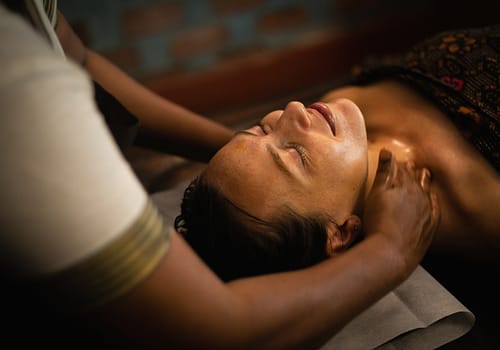


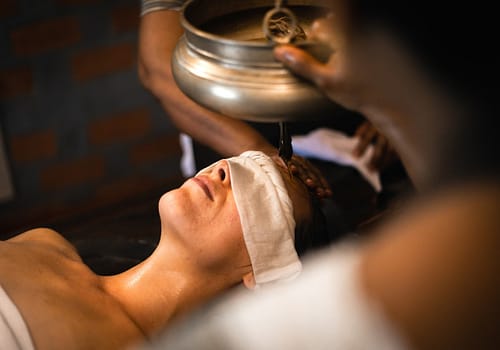
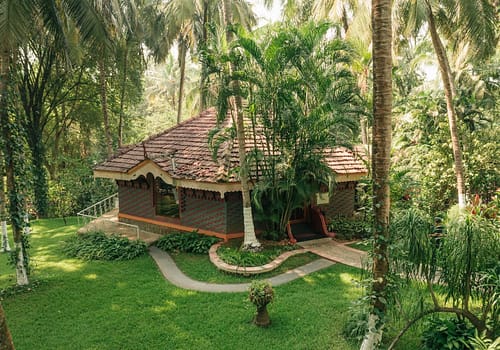
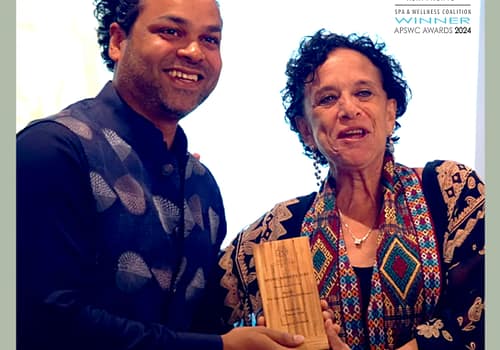







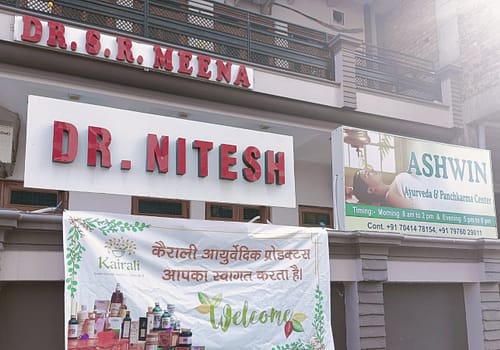
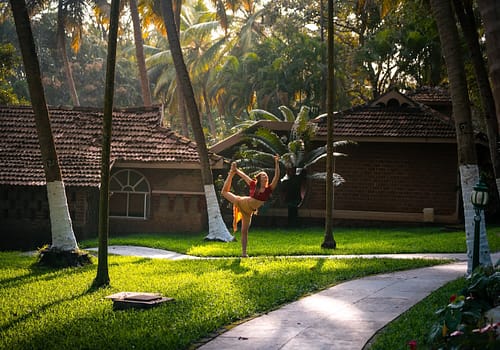





























Leave a Reply